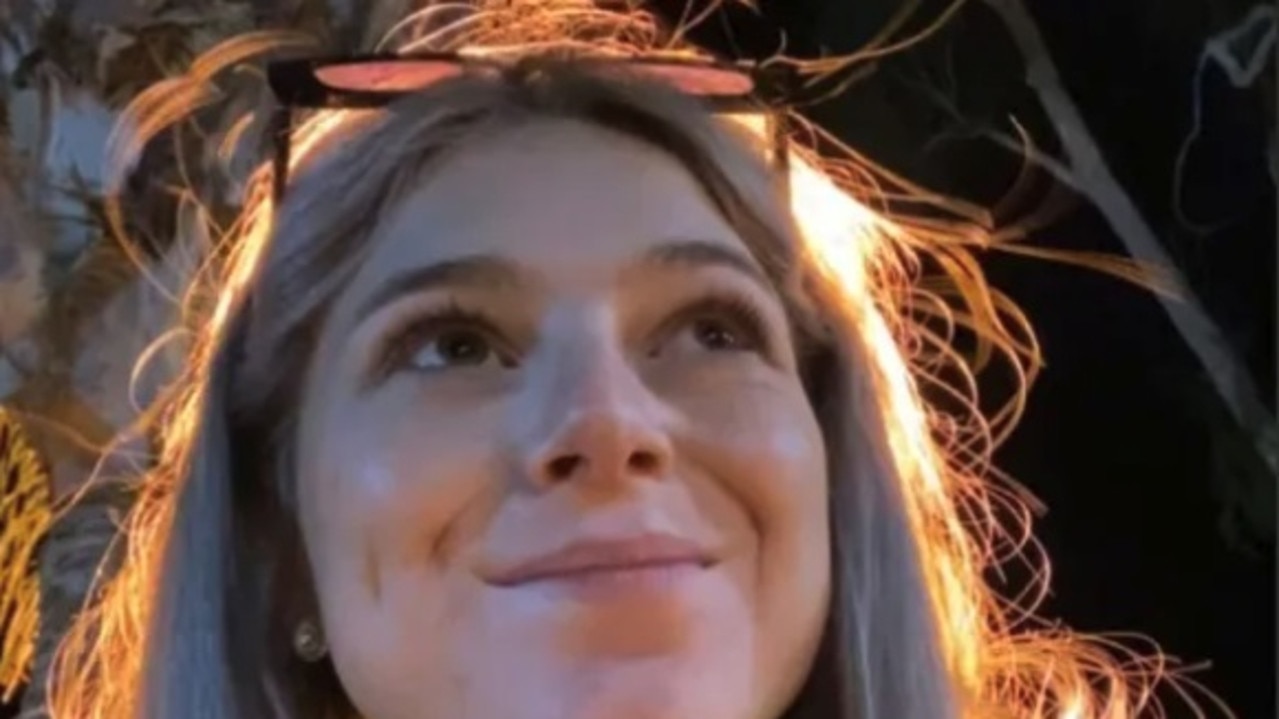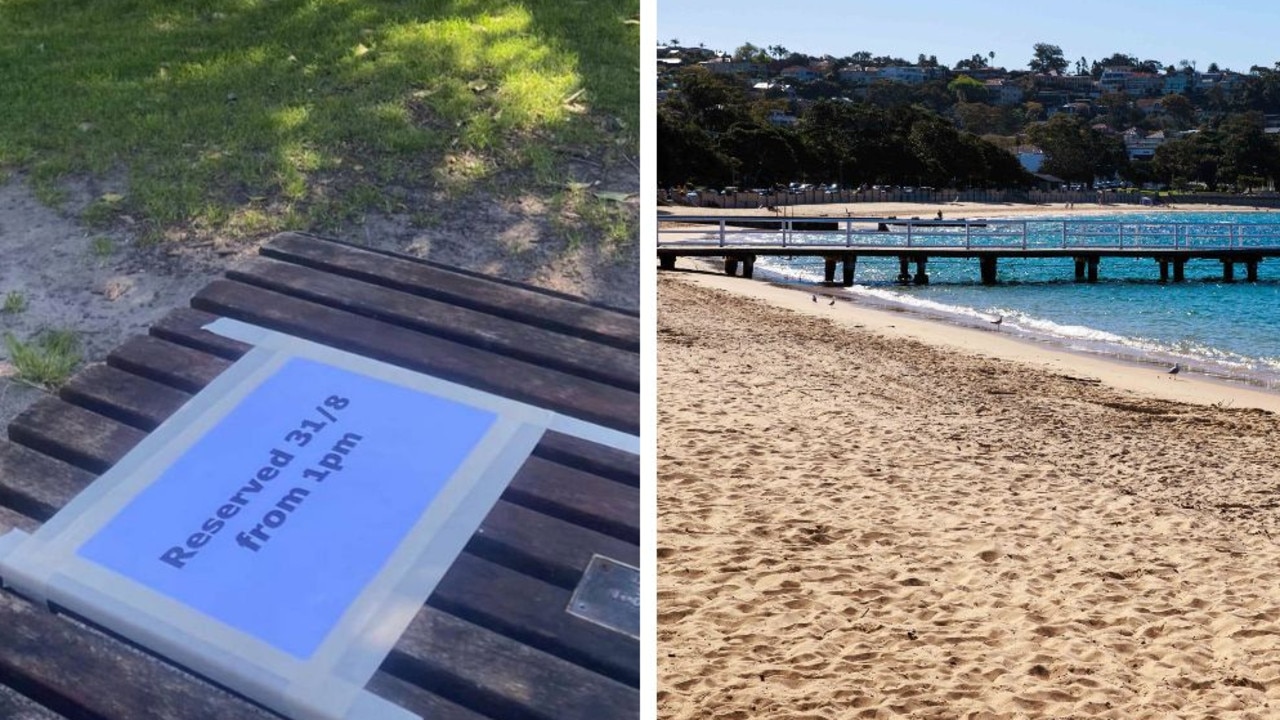14 minutes to die: What happened behind the curtain at Nebraska killer’s execution
THE execution of killer Carey Dean Moore will be remembered for what we didn’t see — 14 minutes while the curtains were drawn.
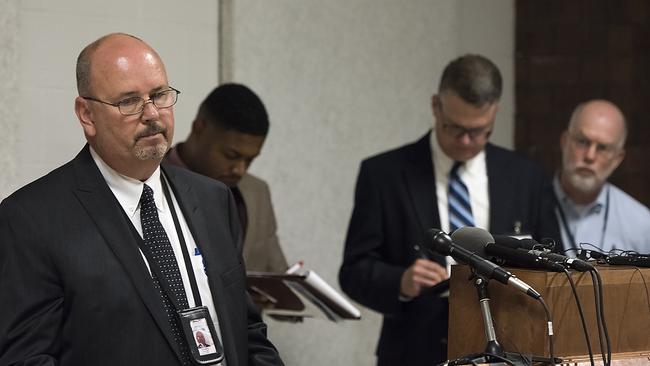
STRAPPED to the death gurney, Carey Dean Moore desperately heaved in oxygen, coughed, went red in the face and hands, then purple before his executioners pulled the curtain.
The change in protocal happened when in the Nebraska State Penitentiary’s death chamber, the condemned prisoner appeared to open his eyes slightly. A minute later the curtain was inexplicably closed.
He eventually succumbed to the experimental new cocktail of drugs devised to kill him with that curtain drawn. It remained closed for 14 minutes in total, not opening again until six minutes after death was pronounced.
Nebraska’s first execution in two decades was already controversial for its new four drug combination. It was the first time the opioid fentanyl had been used in a lethal injection.
But the missing 14 minutes, shrouding from registered observers, is proving a bombshell for prison authorities.
What went on?
“Speculation cannot help but be rife and … (will) stoke the fire,” Nebraska senator Ernie Chambers wrote after the execution in a letter to Corrections director Scott Frakes.
Mr Frakes was in the room with Moore when he went purple, and said something into his radio before the curtains were closed on witnesses, the Lincoln Journal Star reported.

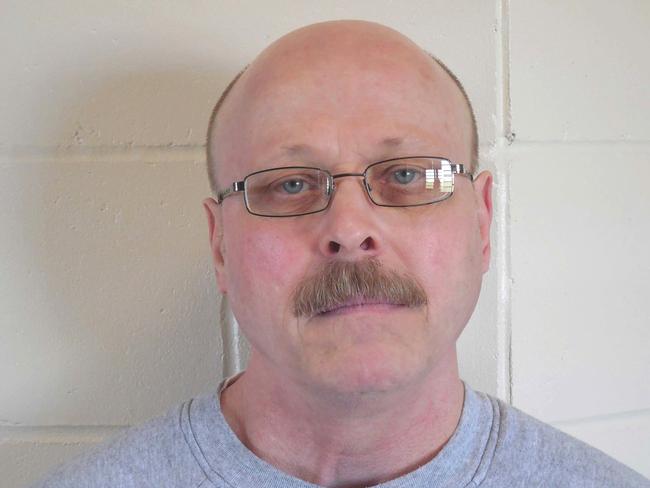
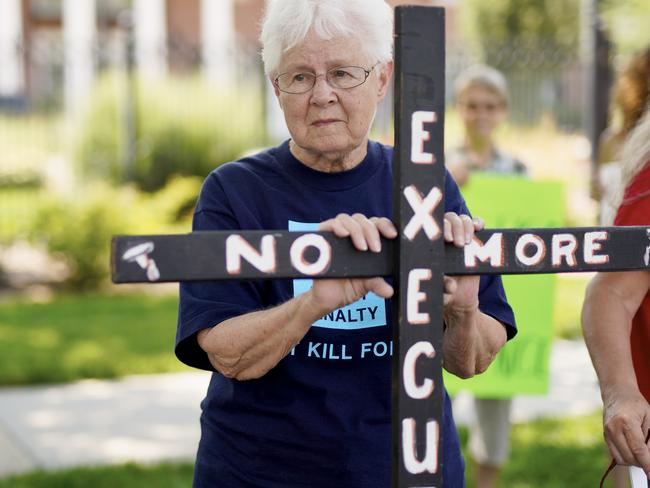
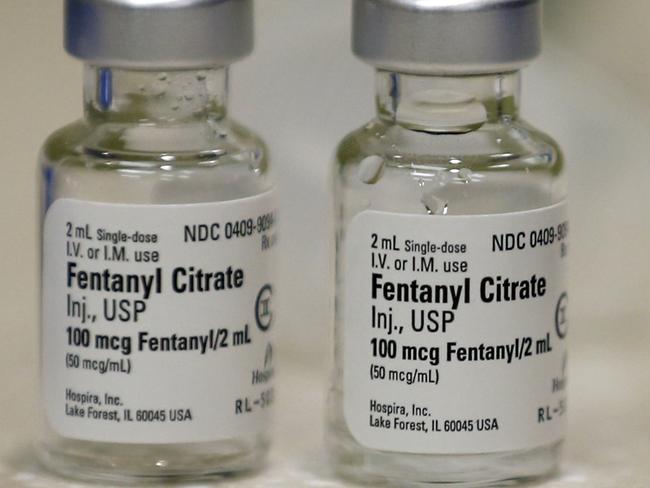
Chambers predicted in the coming weeks those missing 14 minutes will “assume as much significance and generate as much speculation” as the missing parts of the Watergate tapes.
Nebraska Radio Network reporter Brent Martin was watching Moore’s execution. He said he had watched 13 executions in neighbouring Missouri and had never seen the curtain drawn until the inmate was declared dead.
EXPERIMENTAL DRUG COCKTAIL
Carey Dean Moore, 60, was on death row for the murder of two taxi drivers committed when he was aged 21 in 1979.
He had been due for execution six times in the past, but on each occasion it had been halted at the eleventh hour.
But finally, at 10.47am on August 14, the killer was pronounced dead.
It is the method of his death which is stirring so much controversy.
Moore was administered a fatal four-drug cocktail. First up at 10.24am 37cc of diazepam (Valium) to slow cognition and voluntary muscle movement, followed by 46cc of the powerful opioid fentanyl at 10.30am.
According to witnesses, when Moore was given the fentanyl, he appeared to cough and his diaphragm and abdomen moved rapidly up and down with heaving breaths.
At 10.31am his chest stopped moving and he went still.
At 10.32am, he was administered 15cc of the paralytic cisatracurium besylate, followed by 120cc of potassium chloride — meant to stop his heart — at 10.33am.
Moore’s face gradually turned red, as did his hands, and then his face turned purple.
The Lincoln Journal Starasked pharmacist Ally Dering-Anderson - who had no connection to the execution - what the visible symptoms meant.
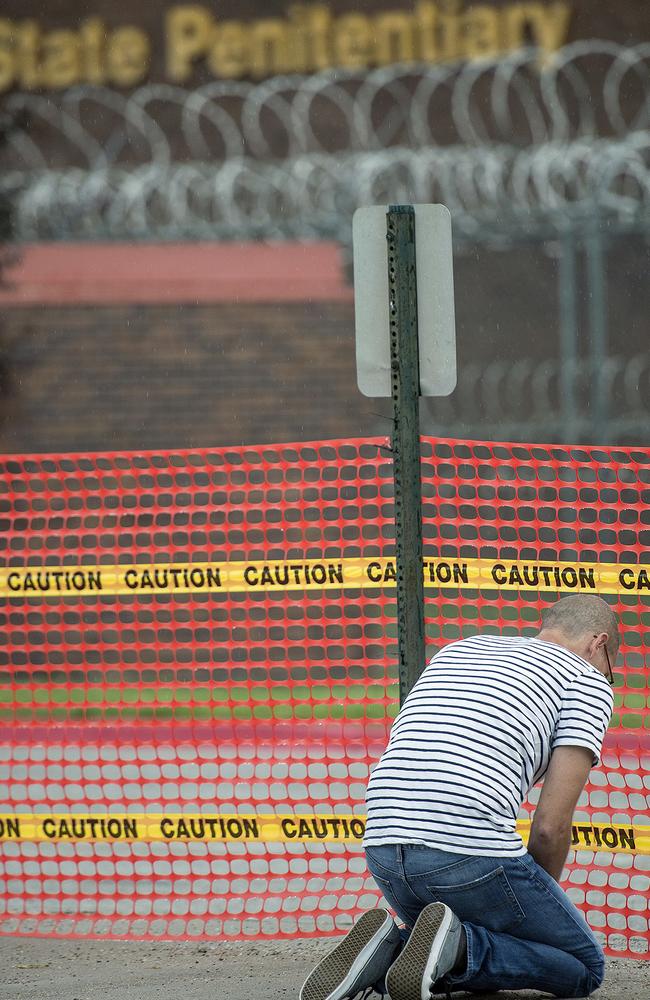

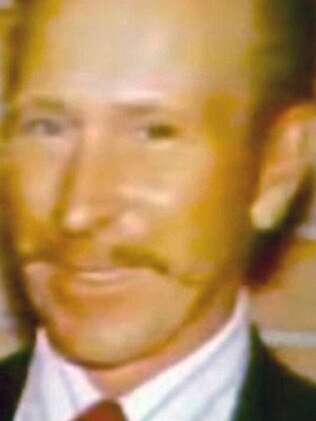
Ms Dering-Anderson said at the time he was coughing, the killer was probably gasping with difficulty to breathe, as his brain realised it wasn’t getting enough oxygen.
Reddening could be caused by tiny blood vessels widening.
When they started transmitting blood that looked blue due to inadequate amounts of oxygen, it could appear purple.
What went on thereafter with the curtain closed may never be confirmed, although the Nebraska Department of Correctional Services did reveal the state coroner spent four minutes examining Moore.
He was pronounced dead at 10.47am.
DEATH ROW VS DRUG COMPANIES
Department spokeswoman Dawn-Renee Smith said curtains had been closed on executions in the past.
During executions in the 1990s, she believed the curtain was closed following use of the electric chair for 10-15 minutes.
Once time of death had been determined, the curtain was reopened for about 15 seconds.
But her words were not reassuring for the anti-death penalty movement which had swelled prior to Moore’s executions and other states using different drug protocols.
Carrying out death sentences across the United States has become subject to postponement with pharmaceutical companies challenging the use of their drugs in executions.
They are in the business of helping people. They want their drugs to be known as lifesaving — not associated with death.
Out on the streets, a group called Nebraskans for Alternatives to the Death Penalty had protested up to the hour of Moore’s execution, as well as afterwards.
What Carey Dean Moore actually did to earn himself the death sentence seems to have become somewhat lost.


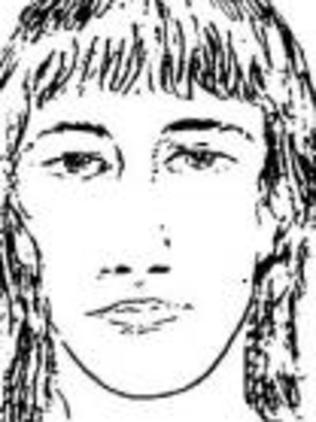

A KILLER ‘WITHOUT EMOTION’
But retired Omaha World-Herald reporter Jim Fogarty, who covered Moore’s murder trial, told netnebraska.org what happened in the Nebraskan city in late August 1979.
“Carey Moore happened that August,” Fogarty said.
Within the space of a few days, the bodies of two taxi drivers were found shot in the head in their vehicles.
Witnesses had seen passengers get into the cabs of Reuel Van Ness and then Maynard Helgeland, before the bodies of the men, both aged 47, were found.
Omaha, Nebraska’ biggest city on the Missouri River in America’s Midwest, was not struck by fear after the murders because the victims were taxi drivers, not random citizens.
But Fogarty said what was remarkable was Carey Dean Moore’s nonchalance about carrying out the murders.
A juvenile criminal, unemployed Moore needed money for drugs.
One of 11 children to an alcoholic father, he and his identical twin brother Harry David Moore were delinquent co-offenders, stealing cars, robbing homes and businesses.
They were separated, aged 10, and sent to different homes and institutions.
In 1979, Moore began rehearsing robberies at gunpoint.

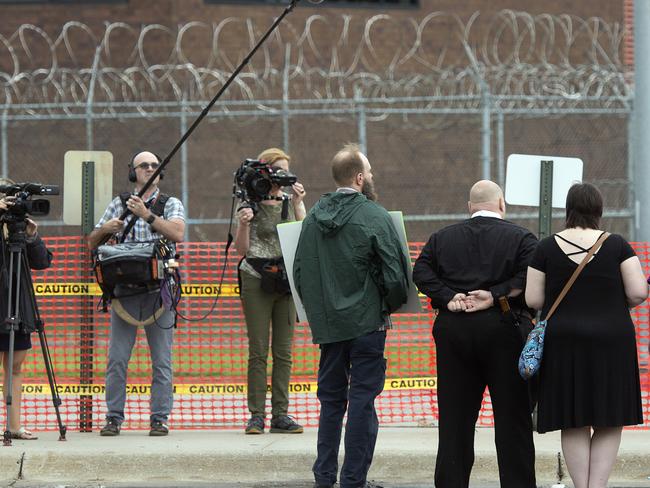
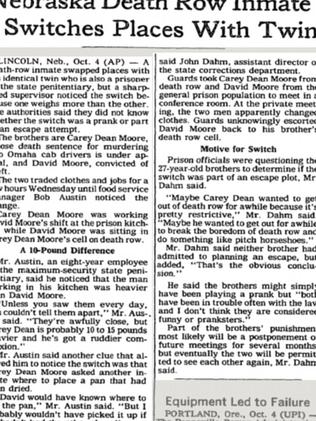
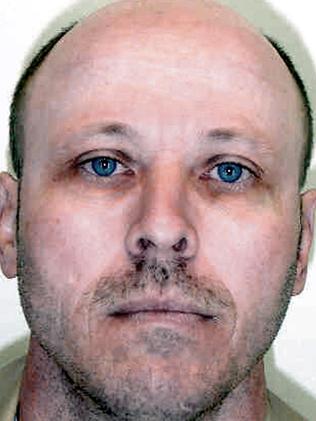
Taxi drivers carried cash, and Moore made fake calls to lure drivers and observe their habits.
His first victim was father-of-10, Korean War veteran Reuel Van Ness, 47, who loved a good joke.
Mr Van Ness bled to death in his Safeway cab after Moore shot him three times from the back seat and took his money.
Moore had taken his 14-year-old brother Don along for the robbery and the brothers spent Mr Van Ness’s $140 on cannabis and porn magazines.
(Don Moore was sentenced to life in prison for second degree murder, but later paroled; he has returned to prison twice for parole violations.)
Five days after his first murder, Moore shot dead another Korean War veteran, Maynard Helgeland, 47, who was a recovering alcoholic trying to reconnect with his estranged family.
Moore would later describe killing one of the drivers.
“The second he looked back towards me, that’s when I pulled the trigger, aiming at his head, three times, I think.
“He slumped down. I got out and pushed him over. I didn’t want to look at his face.”
Jim Fogarty recalled that the Omaha Police Department had evidence and a sketch of the likely suspect from early on.
Police picked him up driving a stolen red station wagon with a .32-calibre handgun under the driver’s seat.
He said Moore’s response on being arrested, charged with double murder and sentenced to death was a surprise.


Moore was flabbergasted.
“I’ve done all kinds of things like this before. What was the big deal in killing two cab drivers?”
Fogarty said: “His whole life he got caught … he got slapped on the wrist.
“He was expecting another slap on the wrist, and he’s floored that he was getting the death penalty.”
Fogarty said that Moore’s confession to police, recorded on tape, sounded matter-of-fact, passionless. “He wasn’t angry, he wasn’t happy.”
The confession was “delivered without emotion. Very businesslike”.
The effect of playing the video on the people in the courtroom was “hushed”.
Moore had waived trial by jury and when a guilty verdict was returned, he did not look surprised.
But then the judge passed the death penalty on him.
Asked what made this case a sentence of death, Fogarty said it was “the degree of premeditation”.
“I have seen much more heinous, atrocious crimes that did not get the death penalty in Nebraska.
“[But] he thought about it, he practised it, he did it without reservation, without hesitation.”
In 1982, Carey Dean Moore unsuccessfully appealed the death sentence.
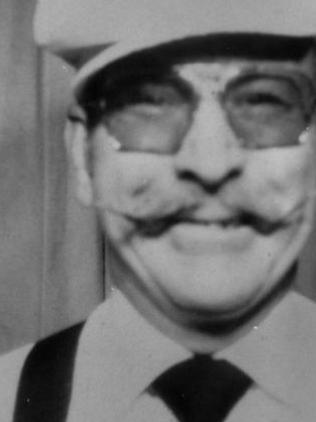

BROTHER ESCAPE PLAN
In 1985, when he was 27, Moore attempted to escape from Nebraska Penitentiary by trading clothes with his brother.
Harry David Moore (known as David) was sentenced to the same prison for burglary while his identical twin was on death row.
During a visit, Carey convinced his twin to swap clothes and David stayed on death row.
But a prison cook noticed that the Moore now washing pots in the jail kitchen looked about 7kg heavier.
The ruse was up.
“Back then we were both animals,” David Moore later told the Associated Press.
“We weren’t fit to be allowed in society, I guess.”
David Moore left prison in 1983 and did not return, getting a job and a family.
In 2007, Carey Dean Moore prepared to die in the electric chair, but the Nebraska Supreme Court halted the execution to examine the constitutionality of the device.
By then, Moore had been living in his death cell for 27 years, and had become a devout Christian.
Last week, his twin brother made a final return to prison, as a visitor, to share his condemned brother’s last hours eating pizza, strawberry cheesecake and drinking Pepsi.
Carey Dean Moore said a prayer, and at 10am the next day he was wheeled into the execution room in the Lincoln penitentiary.
Now what he will mostly be remembered for is what may also never be fully explained - the last 14 minutes it took Carey Dean Moore to die.


